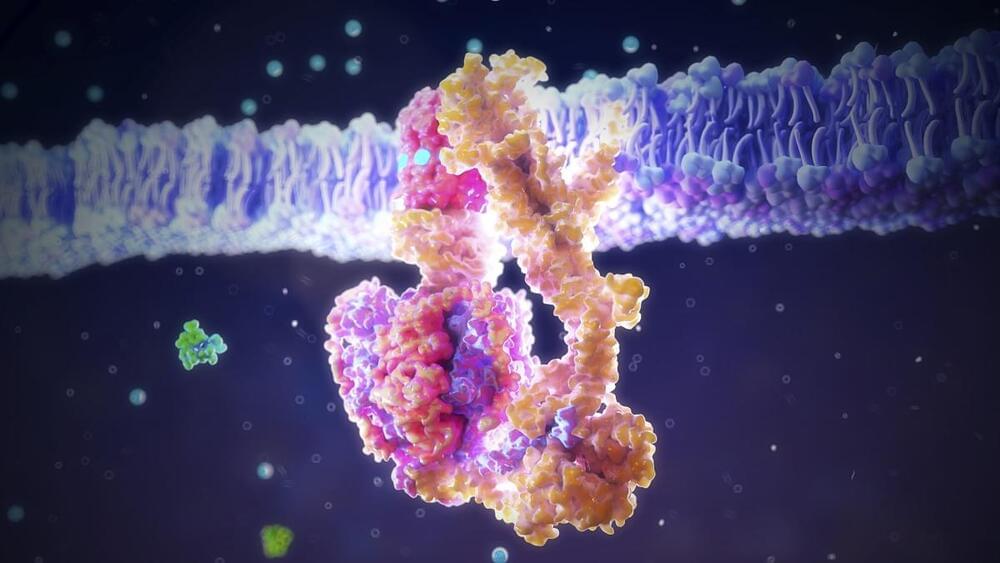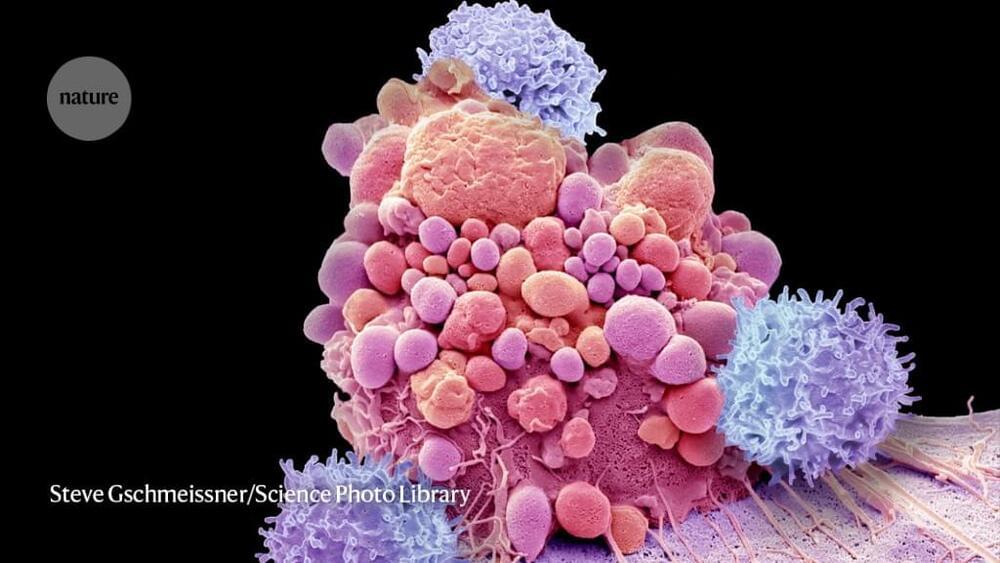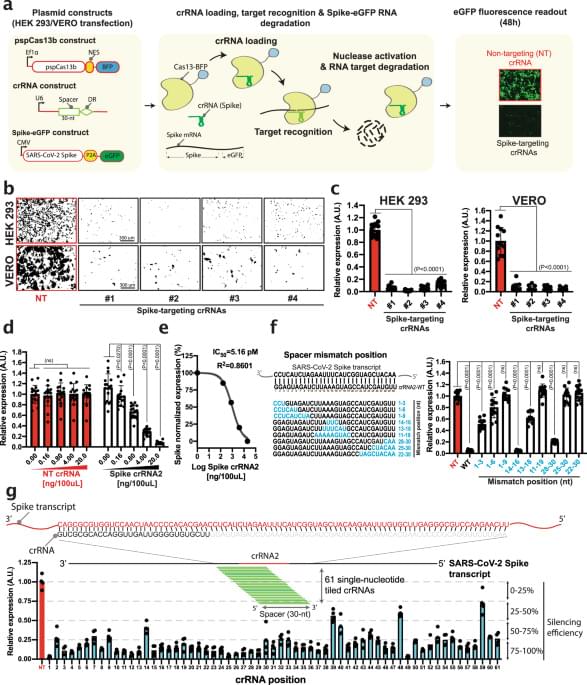In a new study published in the journal PLOS Biology, a team of researchers at University College London posit that it became the “universal currency of life” by way of a little thing known as phosphorylation.
Basically, phosphorylation is the process by which ATP is created. A phosphate molecule is added to another chemical called ADP, and voíla: ATP is born. That same phosphate, as ScienceAlert explains, is then used for another process called hydrolysis, or the reaction of an organic chemical with water that breaks down ATP for use — and that connection with water may be where the secret to ATP’s metabolic dominance lies.
Well, partly. As the scientists discovered in their research, ATP couldn’t rise to the top alone. It needed both water and another phosphorylating molecule, called AcP, to do it. And in fact, it’s likely that ATP actually knocked out AcP as top energy-giving dog.








